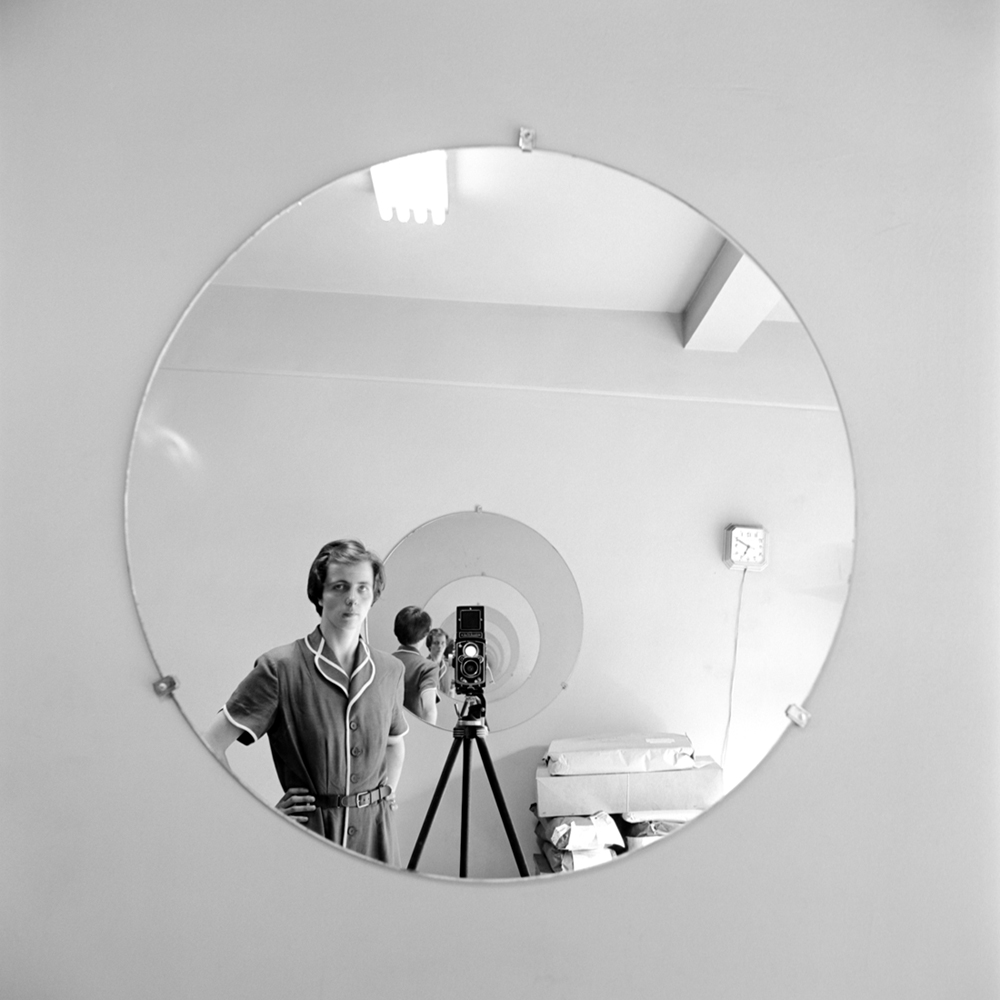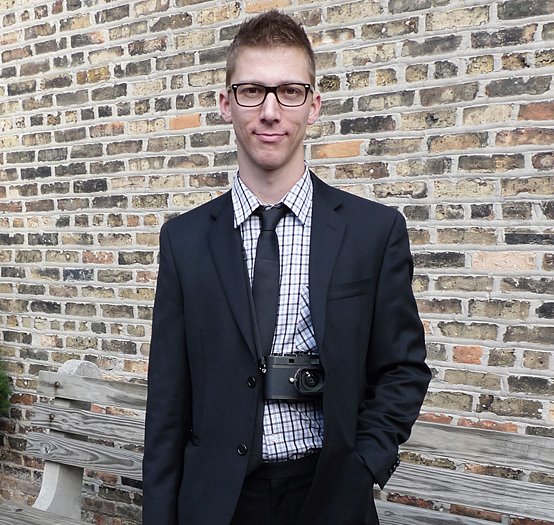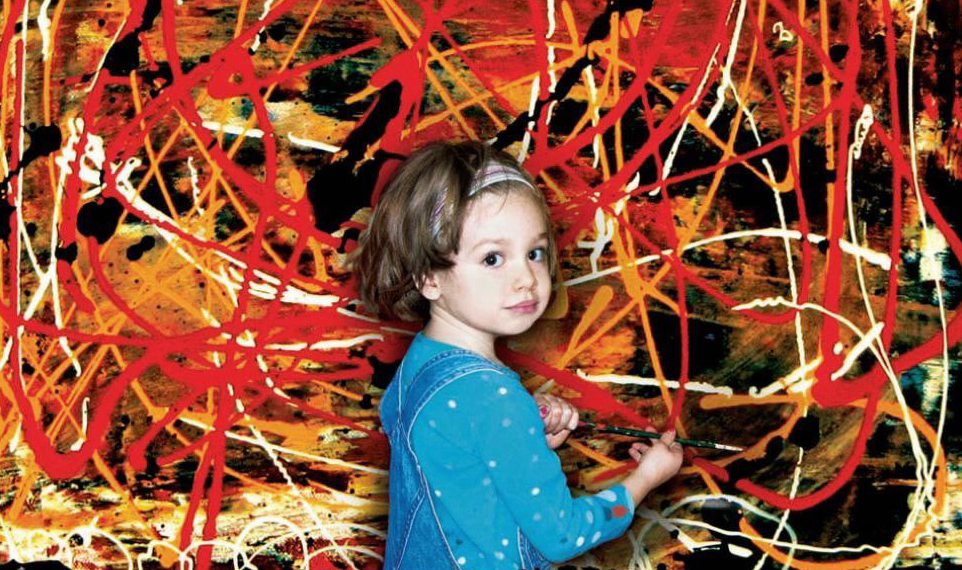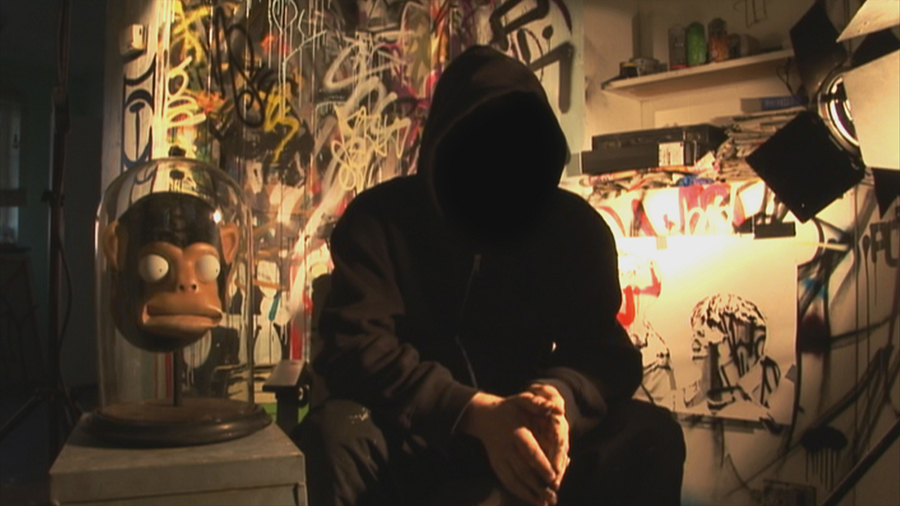
At the 2014 Fresno Film Festival, Filmworks will present a documentary that looks closely at the work of someone who never called herself an artist, but who still created one of the most intriguing bodies of photographic work currently known.
“Finding Vivian Maier” tells the unlikely stories of both Vivian Maier and John Maloof. Though the two never met, their lives become intertwined. You see, John Maloof made Vivian Maier an “artist,” and Vivian Maier made John Maloof famous without meaning to make anyone famous for any reason.

It would not be until after her death that Maloof would be able to identify and start to piece together Maier’s fascinating life.
While Maier called herself many things (including spy), “artist” was not among them. By profession she worked as a nanny in Chicago. By nature she was private, so much so that one of her former charges remembered that the first request she made upon moving into their home was a strong lock for her door. She was a pleasant, slightly eccentric woman who made a habit of taking photographs of some of Chicago’s less desirable neighborhoods. No one knew how important these photographs were or how talented Maier really was. And certainly no one knew that once Maloof started buying and displaying her photographs that they would become one of the most important collections of the 21st century, placing Maier in the company of Henri Cartier-Bresson, Diane Arbus, and a few select others as the most important street photographers of all time.
In this way, two people who never spoke, who never met, and who never agreed to create anything together created each other: the artist and the collector, the genius and curator, the innovator and promoter.

As any promoter knows, a good backstory doesn’t hurt anyone’s chances of becoming the toast of the art world. The documentary “My Kid Could Paint That” explores a fantastic, if murky, backstory and asks some pretty interesting questions about the nature of talent, inspiration, and manipulation along the way. This 2007 film looks at the story of Marla Olmstead, a young girl from New York State with a talent for abstract painting. Marla’s father, also a painter, wanted to encourage the budding talents he recognized in his daughter’s paintings, so he started showing her work for fun. It didn’t take long before the art world took notice of the amazingly expressive works and the irresistible backstory of the 7-year-old girl who painted them.
But more attention led to more questions as Marla’s fame started to grow. What was her father’s real motivation? Did he want to encourage his daughter or live out his dreams through her? How would Marla’s work have been reviewed if she wasn’t a child? Did she even paint them herself, or was the real artist Mark Olmstead selling his own paintings with the dramatic story of a child genius?
Is Marla a profound talent, an overrated student, or a convenient narrative to sell someone else’s work? And what, if anything, does it have to do with the value of the paintings?

Separating our feeling for art out from our feelings for artists is a nearly impossible task. According to the film “Exit Through the Gift Shop,” it’s not a task to be taken lightly, as it can take one down a rabbit hole.
“Exit,” which Filmworks screened at The Tower Theatre in August 2010, documents the efforts of a Los Angeles man to find and film the talented and mysterious graffiti artist Banksy. As the documentarian moves closer to his subject, Banksy turns the camera back on the filmmaker. Banksy also convinces the filmmaker, Thierry Guetta, that he might have more luck as an artist than as a filmmaker, and Banksy helps transform him into self-proclaimed street artist Mr. Brainwash.
As the film switches both subjects and authors, we witness the intertwining relationships between art, audience, perception, and medium. Who is the artist? Who is the filmmaker? Who is the audience? How do artist and observers interact? And was any of this “real” in the first place?
These three films have one thing in common: the exploration of art, artist, and audience. And for Filmworks that’s always a worthy discussion.
Fae Giffen studies at San Jose State in the School of Library and Information Science graduate program. She volunteers as a marketing assistant for Filmworks.
